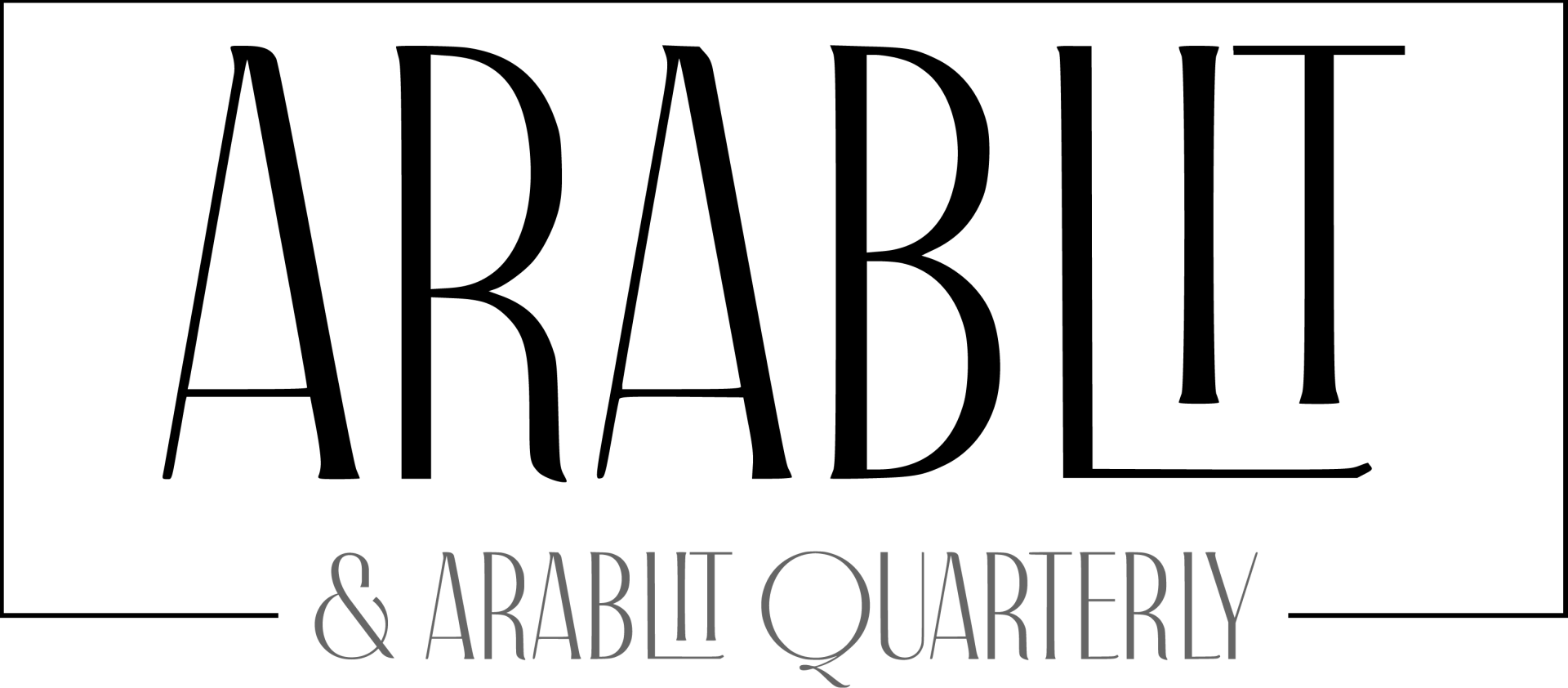Which Revolutionary Poetry, Prose, Jokes, or Songs Do You Want Translated?
 I’ve already sent in my first request to translatingrev@gmail.com, the email address of Dr. Samia Mehrez’s “Translating Revolution” course at the American University in Cairo.
I’ve already sent in my first request to translatingrev@gmail.com, the email address of Dr. Samia Mehrez’s “Translating Revolution” course at the American University in Cairo.
The students of this class, according to their blog, “welcome – in fact, encourage – contributions from our readers.”
They’ve just published translations of their first revolutionary poem, a section of the colloquial poem “Al Midan / الميدان,” by Abdel Rahman al-Abnoudi. A blog post describes how the class was divided into three groups—mixing native Arabic and English speakers—and each given the task of collectively translating the poem. They post the resulting three translations, as well as each group’s comments on their work, and welcome readers to join in with their own “thoughts, reflections, and insights.”
Much of the commentary was interesting and to the point, such as why group 3 decided to keep the title as “The Midan” vs. translating it as “The Square” or “The Public Square.” I would’ve liked to hear why group 2 chose, instead, to render the title as “The Square.” (Perhaps they should be given the opportunity to see and respond to each other’s commentaries.)
Sometimes, I couldn’t agree: When I read “smashing the stands,” I was picturing a football stadium, not the underpinnings of a regime. But it was generally very useful to see the translators’ thought processes. I do agree that “bright voice” is evocative and appropriate, much more so than a people’s voice that “shines.”
Each of the translations has its problematic moments—the “exquisite youth” in group 2’s version, for instance, is fairly empty of meaning, while in group 3’s “both they are green” is too topsy-turvy, it sounds stilted—but generally 2 and 3 were much stronger poems. Their sense of rhythm is stronger, and they use stronger and more evocative English terminology. Their commentaries were also much more specific.
The class further posts two versions of the poem they found online; in all, five versions of الميدان are available. Each one is very different. Go read them.
Although first you might want to listen to the poem:
Also about translation:
Daniel Hahn in Words Without Borders: On Reviewing Translations

March 17, 2011 @ 10:25 am
If you are looking for more banner to translate, I have a load of photos I took during the revolution on my blog. I have started to translate some of them but I have little spare time.
Oh also you don’t happen to know any books except ‘Taxi’ that have been written mainly in Egyptian Arabic?
March 17, 2011 @ 4:58 pm
There’s also “Ayza Atgowaz.” It may sound like a girl book, but it’s quite funny. You should read it.
And wow, you take great photos. I’m jealous. I’m one of the world’s worst 6 photographers.
March 17, 2011 @ 7:02 pm
@J: Off the top of my head, there is a book called شكله باظت. Besides that, the genre with the most Egyptian is plays. The most accessible is 5 Egyptian Plays which was published by some Dutch house and which transcribes the Egyptian and provides occasional notes. Beyond that, you have to go to a second-hand book stall (e.g., Suq al-Ezebekiyya) where you can find a lot of material.
March 17, 2011 @ 7:06 pm
Oh, in fact you should go to Azbekeya right now. They’re having their own alternative book fair through March 23.
Isn’t كتاب مالوش اسم also in 3ameya?
March 18, 2011 @ 12:40 am
I want some of Ahmed Matar’s poems.
He is such a talented revolutionary poet.
لمن نشكو مآسينا
دمعة على جثمان الحرية
رسالة بالبريد المستعجل من أوباما
لافتة على باب القيامة
March 18, 2011 @ 3:07 am
Great suggestion! I passed it along.
March 31, 2011 @ 10:31 am
Thank you for the suggestions everyone. I will go and have a look for these books. I think it is such a shame that more literature is not written and published in Egyptian Arabic. I am hoping that more young writers will be inspired to write about their experiences of the revolution and write it in the real language instead of Fus7a!